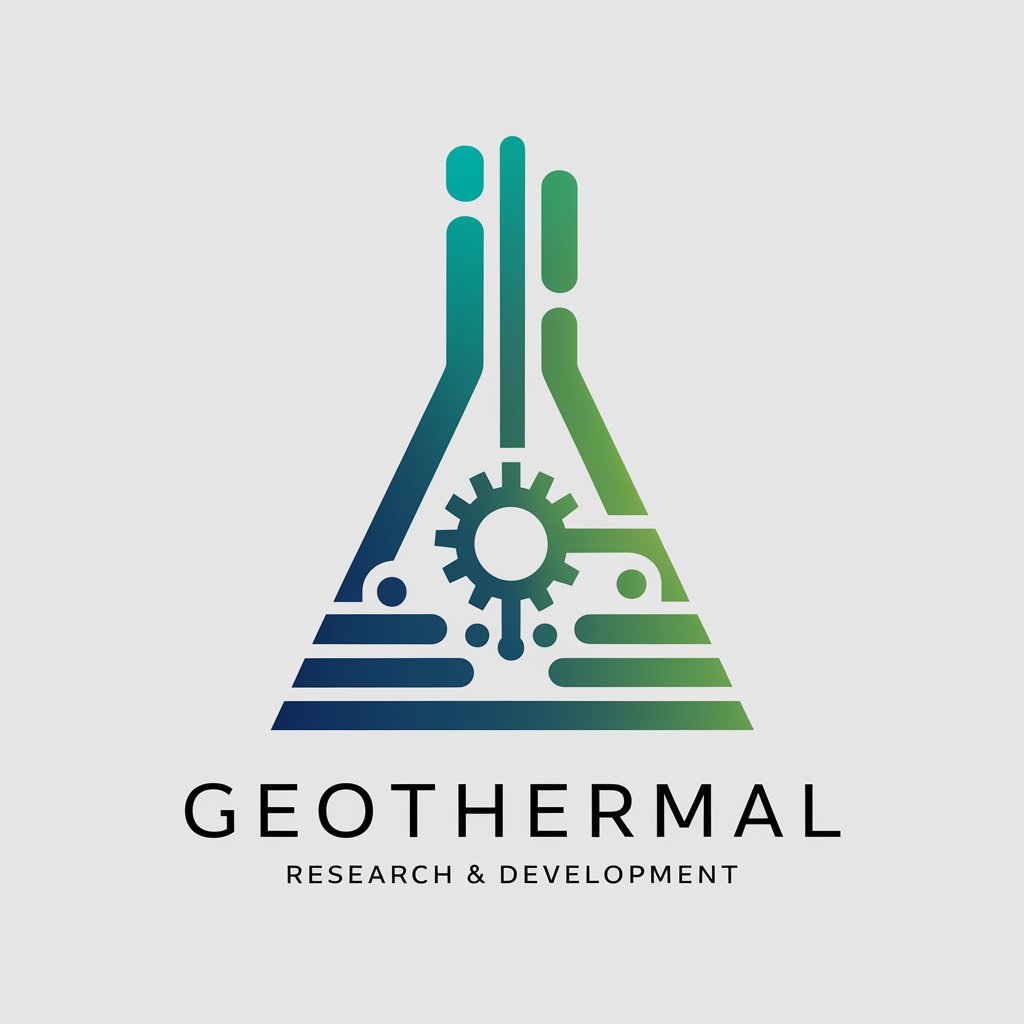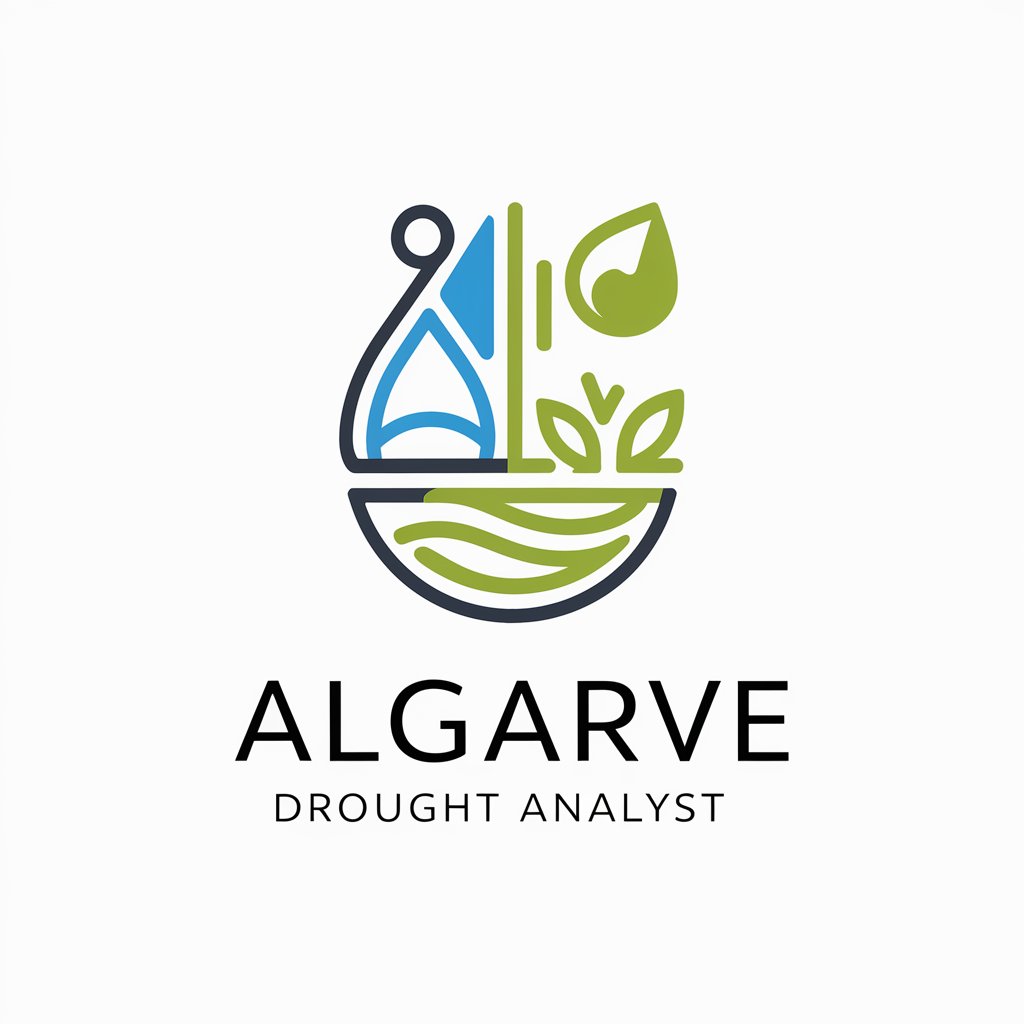Geothermal Energy Extraction Techniques - geothermal energy insights

Welcome! Let's innovate in geothermal energy extraction.
Powering the future with Earth’s heat
Describe the latest advancements in geothermal energy extraction technologies, focusing on...
What are the most effective methods for reducing the environmental impact of geothermal energy production...
Evaluate the feasibility of using enhanced geothermal systems (EGS) in...
Suggest innovative approaches to increase the yield of geothermal energy from existing wells by...
Get Embed Code
Geothermal Energy Extraction Techniques
Geothermal energy extraction techniques encompass a range of methods used to harness the heat stored beneath the Earth's surface. These techniques are designed to convert this geothermal energy into usable power, typically electricity, with minimal environmental impact. Key techniques include dry steam power stations, flash steam power stations, and binary cycle power stations. Each method differs in its approach to accessing and converting geothermal energy based on the thermal properties of the geothermal reservoir. For example, dry steam plants directly use the steam from the reservoir to drive turbines, while binary cycle plants use a heat exchanger to transfer heat from hot water to a secondary fluid with a lower boiling point, which then vaporizes and drives the turbines. Powered by ChatGPT-4o。

Functions of Geothermal Energy Extraction Techniques
Heat Extraction
Example
Enhanced Geothermal Systems (EGS)
Scenario
In regions lacking easily accessible hydrothermal resources, EGS are employed to artificially create reservoirs where hot rock is fractured and water is injected to produce steam. This method allows for geothermal energy extraction in areas not typically known for geothermal activity, expanding the usability of this energy source globally.
Energy Conversion
Example
Binary Cycle Power Plants
Scenario
Binary cycle power plants are ideal for moderate temperature geothermal resources (100-200°C). These plants transfer heat from geothermal fluid to a secondary organic fluid with a lower boiling point through a heat exchanger. The secondary fluid vaporizes and drives a turbine, which generates electricity without any emissions. This technique maximizes energy extraction from lower temperature resources, which are more common but less powerful.
Environmental Management
Example
Closed-loop Systems
Scenario
Closed-loop systems, such as those used in some binary cycle plants, circulate a working fluid in a sealed environment to avoid contamination of groundwater and reduce emissions. This system is particularly beneficial in environmentally sensitive areas where the preservation of local ecosystems is crucial.
Target Users of Geothermal Energy Extraction Techniques
Energy Companies
Companies engaged in electricity production can utilize geothermal techniques to diversify their energy portfolios, reduce reliance on fossil fuels, and meet renewable energy targets. These companies benefit from the stable and predictable output of geothermal power plants.
Governments and Policy Makers
Government bodies responsible for energy policy and regulation can promote the use of geothermal energy through incentives and support for research and development. This aids in achieving sustainability goals and improving national energy security.
Research and Development Organizations
Entities focusing on the advancement of energy technologies can explore new methods and improvements in geothermal extraction to increase efficiency and reduce costs. This includes developing more effective drilling techniques or enhancing the efficiency of heat exchangers.

Guidelines for Using Geothermal Energy Extraction Techniques
Initial Exploration
Begin by exploring potential geothermal sites. Assess the geological, geochemical, and geophysical characteristics to identify regions with high thermal energy potential.
Feasibility Analysis
Conduct environmental impact assessments and feasibility studies to evaluate the potential impacts and economic viability of developing a geothermal energy project in the identified area.
Drilling and Development
Drill exploratory wells to test the temperatures and flow rates of the geothermal reservoirs. If viable, proceed with the development of production and injection wells.
System Installation
Install a geothermal power plant or heating system depending on the project scale and objective. This includes turbines, generators, heat exchangers, and other necessary infrastructure.
Operation and Maintenance
Begin operational activities, monitor the system performance, and conduct regular maintenance to ensure efficient and sustainable energy extraction.
Try other advanced and practical GPTs
Mindful Guide | Fight toxic thoughts and feelings
Transform emotions with AI-powered wisdom

Niels Bohr
Revolutionize Quantum Learning with AI

Algarve Drought Analyst
Harness AI for smarter drought management

Biblical Counseling Assistant
Empowering Counselors with AI-Driven Biblical Insights

SQL Sorcerer
AI-Powered SQL Guidance and Optimization

Flirtatious Translator
Translate love, flirtatiously.

Tribal Chef
Master Global Cuisines with AI

Jira Madmin
AI-powered Jira Cloud expert assistant

Barista Blend Bot
AI-Powered Custom Coffee Crafting

The Guessing Breed Game
Discover Dog Breeds with AI!

The *Breed Anything* "Game"
Breed Pets, Discover Surprises

Breed Health Buddy
Empowering dog owners with AI-driven insights

Common Questions on Geothermal Energy Extraction Techniques
What are the main types of geothermal energy systems?
The main types include direct use systems, geothermal heat pumps, and geothermal power plants. Each type serves different energy needs, from heating buildings to generating electricity.
How environmentally friendly is geothermal energy?
Geothermal energy is one of the most environmentally friendly energy sources. It produces very low amounts of greenhouse gases compared to fossil fuels and has a small land footprint.
What is the typical lifespan of a geothermal power plant?
A geothermal power plant can operate for 20 to 30 years or more, offering a long-term, sustainable energy source with consistent output and low operational costs after the initial capital investment.
Can geothermal energy be used in urban areas?
Yes, through the use of geothermal heat pumps, which can be installed in urban areas to provide heating and cooling solutions. These systems require minimal land and can significantly reduce a building's carbon footprint.
What are the challenges of deploying geothermal energy?
Challenges include high initial capital costs, the need for site-specific geological conditions, and potential environmental impacts such as land subsidence and water contamination if not managed properly.
